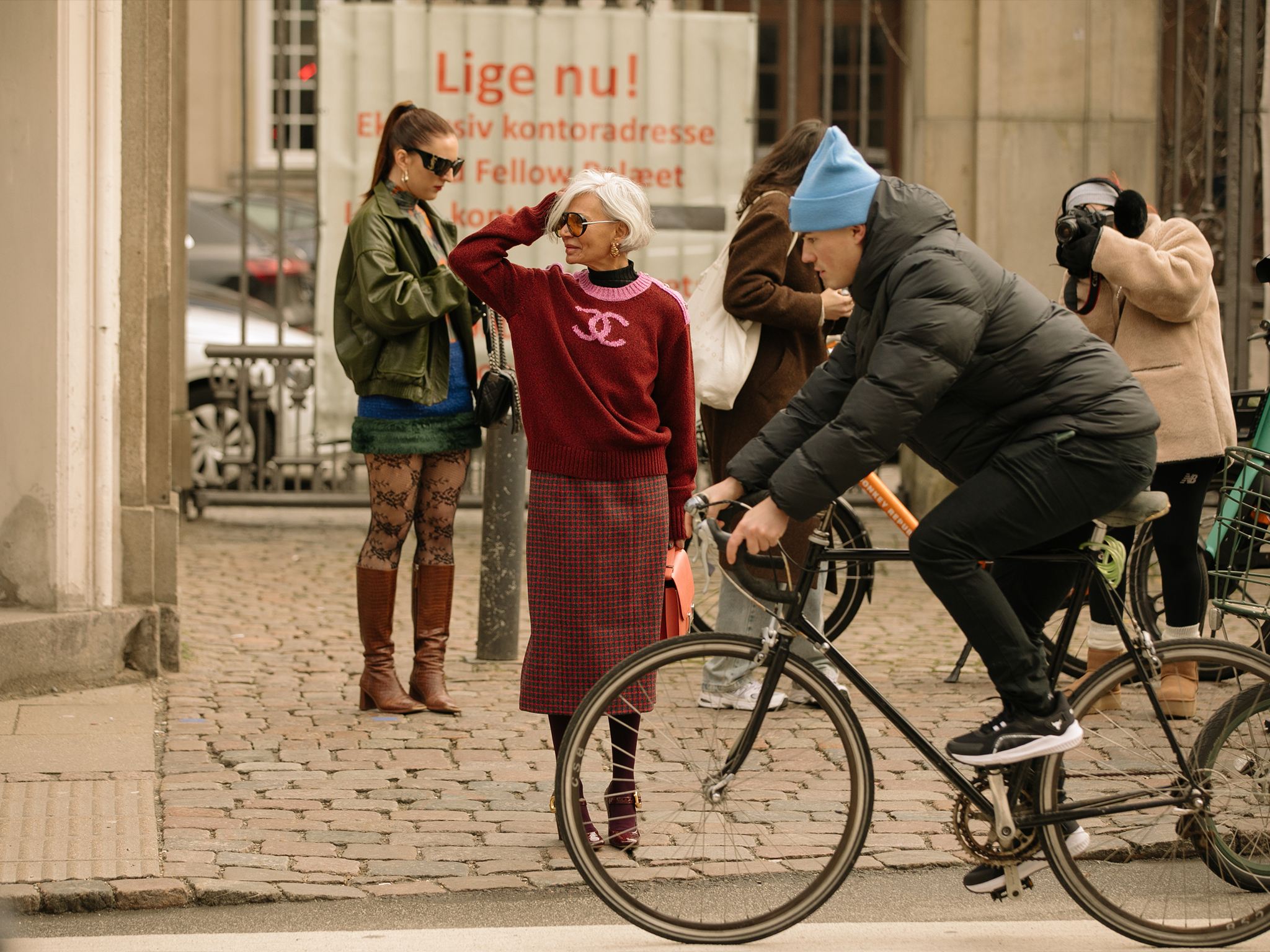How Copenhagen became a fashion capital in a highly competitive world
New talent, sustainable credentials and a consumer-friendly focus are three key components

Your support helps us to tell the story
From reproductive rights to climate change to Big Tech, The Independent is on the ground when the story is developing. Whether it's investigating the financials of Elon Musk's pro-Trump PAC or producing our latest documentary, 'The A Word', which shines a light on the American women fighting for reproductive rights, we know how important it is to parse out the facts from the messaging.
At such a critical moment in US history, we need reporters on the ground. Your donation allows us to keep sending journalists to speak to both sides of the story.
The Independent is trusted by Americans across the entire political spectrum. And unlike many other quality news outlets, we choose not to lock Americans out of our reporting and analysis with paywalls. We believe quality journalism should be available to everyone, paid for by those who can afford it.
Your support makes all the difference.When thinking of fashion capitals, the four that most likely spring to mind are London, Paris, Milan and New York. But, in recent years, a new city has started to come through, and it seems it has now cemented itself as a key player.
First showcased in 2006, Copenhagen Fashion Week (CPHFW) is certainly not a new event. Although London Fashion Week (LFW) is celebrating its 40th anniversary this February, so the Danish capital could be viewed as still in its infancy, but it is certainly no longer being marked as just a junior player.
However, how and why CPHFW has seen so much success are the key questions, especially when considering a whole host of cities, from Berlin to Barcelona, are also trying to be seen alongside the “Big Four”. Is the pull of Scandi style the sole reason? We asked those on the inside, and Cecilie Thorsmark, CEO of CPHFW, pinpointed the Danish event’s key differences.
“What sets us apart is that we are the only fashion week to implement sustainability requirements across brands that partake in the show schedule,” Thorsmark shared. “These requirements touch the full supply chain and have the potential to really challenge the purpose of a fashion week, and give us the opportunity to implement effective change.”

For an industry continually criticised for its problematic practices that directly impact the planet and its people, this focus on sustainability is incredibly important. Let’s remind ourselves that the fashion industry is responsible for around eight to 10 per cent of global CO2 emissions, equating to a huge 5 billion tonnes annually, while it’s reported that 300,000 tonnes of clothes end up in landfill each year. Plus, we haven’t yet touched on fashion’s incredibly poor working practices, with the likes of fast-fashion label Boohoo having been tied up in modern slavery investigations.
Read more: The biggest trends from Men’s Fashion Week
Included in the long list of CPHFW minimum sustainability standards are the requirements that at least 50 per cent of each collection is either certified, upcycled or recycled and fur-free; the carbon footprint of each show is offset; there’s no inclusion of single-use plastic, and each brand must operate a safe, healthy working environment for all employees in the supply chain. And this list only seems to be growing, as Thorsmark shared: “This year, we will be releasing our revised sustainability requirements, which will continue to ensure our brands reach new heights across their full supply chain and businesses. At the heart of the future of CPHFW, we will endeavour to consciously drive forward positive change in the fashion industry.”

However, as Stine Goya, designer of the namesake label, emphasised, while sustainability is a core focus, the designers deserve attention in their own right. “CPHFW has certainly carved out its own unique space. The Danish fashion scene, I feel, is more and more celebrated not only for its innovative designs and sustainability efforts but also for the wearability and inclusivity of the collection.” This wearability and inclusivity is certainly a key pull for press, buyers and consumers alike, as the collections, unlike some from other cities, could seamlessly slot into many people’s wardrobes and are relatively more affordable as well.
Read more: Where to shop Copenhagen Fashion Week’s Scandi style
“Designers are not afraid to take risks and push boundaries, but they are also really thinking about what people actually want to wear,” Goya continued. “The fashion showcased is often a fusion of contemporary trends with a unique Scandinavian twist, creating a dynamic and fresh perspective that feels really exciting but also accessible.”
Plus, with all designers warmly welcoming the new talent on display, the Danes are showing there’s certainly space to share. Jeanette Madsen and Thora Valdimarsdottir, co-designers of Rotate, even went as far as to say it’s the new talent that “injects a sense of excitement into the week. Witnessing designers experimenting and pushing the boundaries not only energizes the fashion scene but also puts Scandinavian design on a global stage”.
So, with budding new talent, sustainability-focused credentials and a more consumer-friendly fashion focus in mind, it’s clear Copenhagen has found the path to fashion capital success. As design duo Rikke Baumgarten and Helle Hestehave, the brains behind Danish brand Baum und Pferdgarten (which just celebrated its 25th anniversary), emphasised: “There used to be two big locations [for shows] that all brands used. Now, you can really see the entire city being used for show locations, dinners and parties.” It seems CPHFW is set to keep on getting bigger and better, too.
Voucher codes
For the latest offers on fashion and more, try the links below:
Looking to shop the Scandi style? Take a look at our guide to the Copenhagen Fashion Week brands to cop